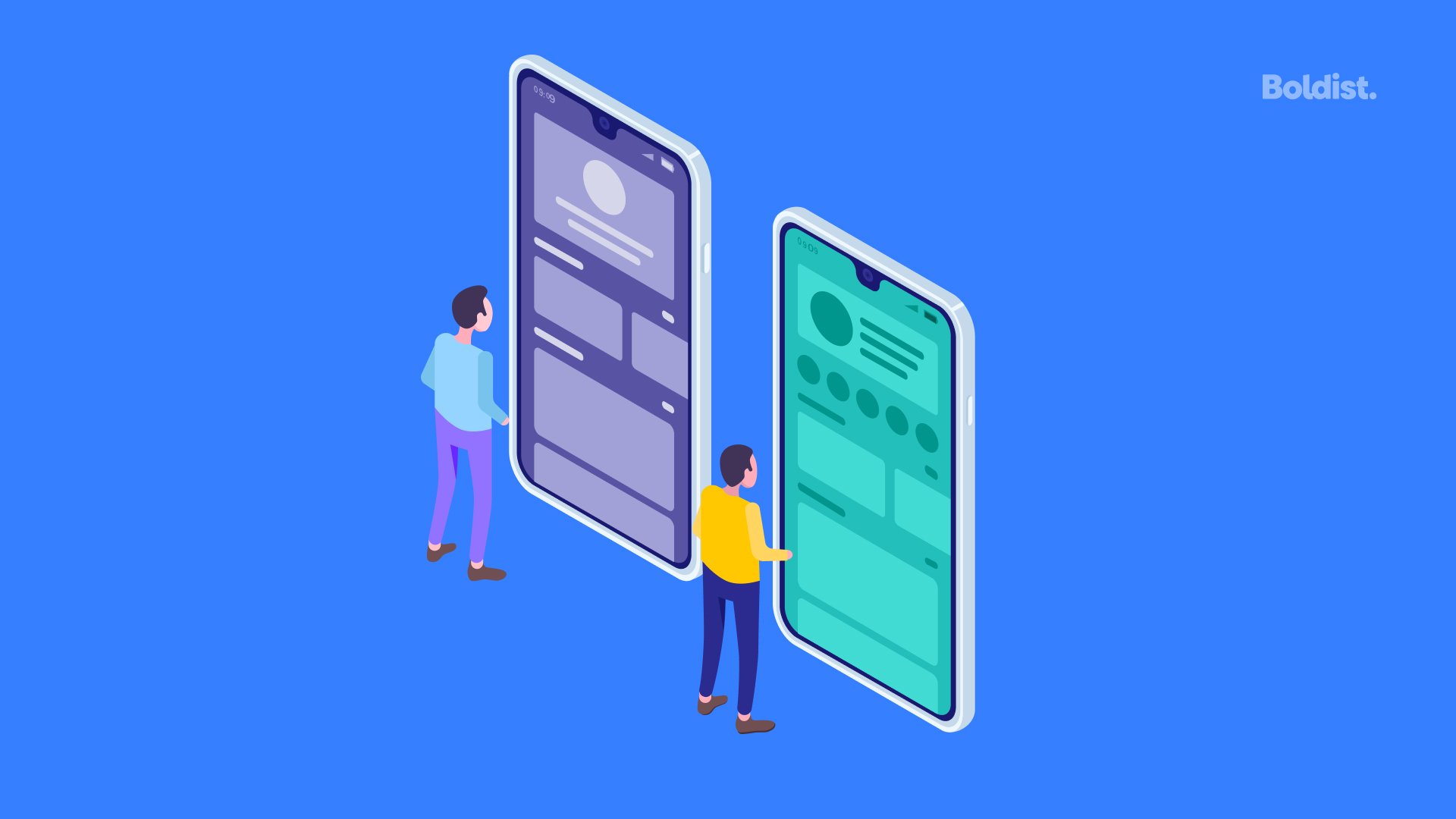The exponential growth of ecommerce in 2020 has highlighted the financial imperative for businesses to have a presence online. With websites that are easier to use reaping better returns, business owners are quickly realizing the importance of usability and its impact on conversion rates.
There are several qualitative usability testing methods a UX agency might use to determine a course of action in improving your site’s usability, but when speed is essential, we recommend the following quick usability tests that can be scaled for any size or stage of the website.
Five Second Test
The five second test is a website usability test in which study participants are shown a web page for five seconds and are then asked questions about what stood out to them, what they could remember about the page, and their first impressions and opinions. The purpose of this usability testing method is to measure and understand how quickly and how well a web page’s design communicates a message.
To conduct a five second usability test, you will want to use study participants that are unfamiliar with the testing process. Don’t tell study participants what you’re about to do (i.e., ask them to recall something), – only that you’re going to show them something.
After five seconds, stop showing them the design and begin to gauge their thoughts on your design choices such as color and layout, how busy your web page is, what stood out on the page (such as information and buttons), and what they recall most about the page.
Five second testing is a valuable qualitative research method that will help you gather the initial impressions of your target audience and efficiently measure the gut reactions of people visiting your site. Because the pages you show can just be screenshots or designs instead of live web pages, you can make informed design changes before they become hard coded, saving time and money.
Unmoderated Card Sorting
Card sorting is a research method where participants are given individually labeled cards and are asked to group them together in a way that makes sense to them. All too often, we see website developers and designers organizing information on their websites in a way that makes sense to themselves instead of the user. A user-led way of organizing information architecture will help your average user navigate your website.
Card sorting is the best way to uncover the mental models of your users, and there are a variety of ways in which you can conduct a card sorting test, as we cover in The Complete Guide to UX Research Methods.
For a quick way to uncover card sorting insights, we recommend unmoderated card sorting. Unmoderated card sorting can be conducted remotely online and at the participants’ convenience. Participants work on their own without prompting from a facilitator. It is recommended to have at least 15 participants in card sorting studies in order to have reliable data, so remote unmoderated card sorting is both cost effective and scalable for small and medium enterprises.
The purpose of card sorting is to find out the most user-friendly, intuitive, and efficient way in which to structure your pages and categories so that users can flow through your website easily and naturally. It might inform your information architecture and lead to changes in how you structure your website systems.
Information architecture is an important and complex piece of your website that requires the development of experienced designers. Card sorting is a great way to find insight and improve user experience on the front end of your website, but it should not be used as the sole basis for your IA.
First Click Test
Another test of your information architecture and how well it is presented to the end user is the first click test. You give your test subject a task to complete on your website, present them with the web page you are testing, and then track how long it takes them to click on an element to complete the task and whether participants choose the correct first click to move them towards the intended goal.
First click tests are important because, on average, users who make the right first click will complete their task 87% of the time, compared to only 46% of those who make the wrong first click. Conversion rates are directly proportional to an easy flow through your website. First click tests are a quick way to discover how intuitive your website is to your typical users.
Why You Should Always Be Testing Usability
The internet is a rapidly evolving environment. Digital adoption and the rise of ecommerce has more and more people becoming digital natives, and their expectations of your website and its functionality will be high. You need to meet those expectations with excellent web design and UX design that is based on actual UX research insights.
As businesses add an increasing number of services and functionality to their websites, what we often witness are Frankenstein websites. Outdated or bloated plugins slow down site speed and interfere with a website’s usability. To make sure your website is functional and efficient, meets your users’ needs, and is intuitive for new visitors, you should continually test and improve your usability.
So partner with a web design agency that specializes in UX, focuses on human-centered design, and builds websites that convert.

